Browse Primary Sources
Locate primary sources, including images, objects, media, and texts. Annotations by scholars contextualize sources.
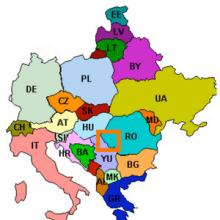
Eastern and Central Europe After 1989
The nations formed following the break up of the Soviet Union. The Soviet Union is no longer on this map. It has been replaced by several new independent states—Moldova and Ukraine among them. The former Yugoslavia has also fragmented into several states.
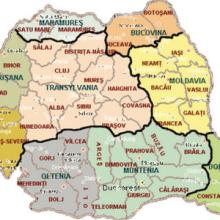
The Regions of Contemporary Romania within its post-World War II Borders
The Map showing the political and administrative areas of Romania. While the borders have remained stable since 1945, some of the neighboring states have changed after the fall of communism in the area.
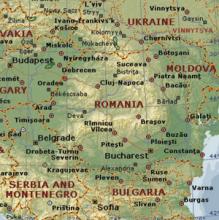
Romania and Its Neighbors
Modern map of Romania. Timişoara (Temesvar in Hungarian) has become more homogeneous during the 20th century, but remained a multi-lingual, multi-ethnic, multi-confessional city, closer in distance and perhaps culture to the Serbian (Yugoslav) and Hungarian capitals than to Bucharest.
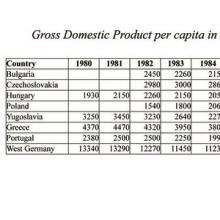
GDP in Eastern Europe: 1980-1989
The recession of the early 1980s caused significant disruptions in the economies of all European states, whether Communist (above the double line) or non-Communist. The data in this table show how even in West Germany, from 1980 to 1985 gross national product per capita decline across Europe.
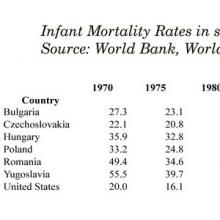
Infant Mortality: Eastern Europe: 1970-1989
One of the most important indicators of a societies transition to what economists often call “modern industrial society” is a decline in infant mortality rates. As you might imagine, declines in infant mortality rates are also very important to individual citizens, because it means that their children are much more likely to live to adulthood.
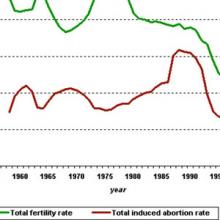
Fertility and Abortion in Czechoslovakia, 1950-2005
This graph shows two trends in the Czech population (first in Czechoslovakia and after 1993 in the Czech Republic)—changes in fertility rates (births per women aged 15-49) and the abortion rate in this same population. This fairly simple graph offers a number of insights into the experiences of Czech women both during and after Communism.
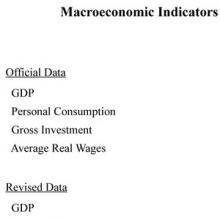
Macroeconomic Indicators in Czechoslovakia 1970-1990
One of the many ways historians, economists, and other social scientists measure the health of a state’s economy is by examining changes in macroeconomic indicators over time.
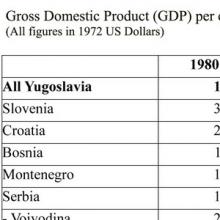
GDP in Yugoslavia: 1980-1989
Gross Domestic Product (GDP) per capita in Yugoslavia: 1980 vs. 1989
(All figures in 1972 US Dollars)

The Trabant
For many in the West the Trabant automobile was one of the symbols of the economic differences between Eastern and Western Europe. When the Hungarian government opened its borders in the late summer of 1989, tens of thousands of East German citizens streamed westward, many of them driving or riding in “Trabis” as they were known.
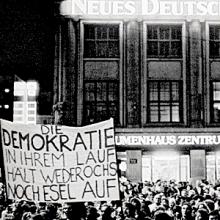
East Germany Protest
Protests erupt in East Germany, which leads to the fall of Honecker's regime and the eventual collapse of the GDR.
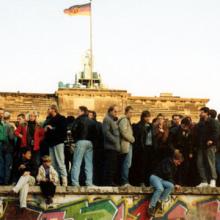
The Berlin Wall 1989
Crowds gather on the Wall, Berlin.

Crowd in Prague 1989
Protesters rally in the streets to celebrate the election of the new President of a democratic Czechoslovakia, Vlaclav Havel.
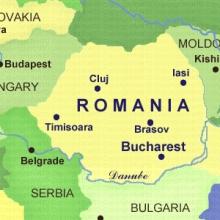
Romania and Its Neighbors
One of the more challenging parts of teaching Romania is the relative unfamiliarity of many Americans with the geography of the places in Eastern Europe, especially the Balkans. Having some grounding in 'where' things are happening leads to better understanding of why and how things are happening.
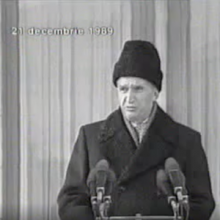
Video of Ceausescu’s Last Speech, December 1989
One of the most decisive moments in the Romanian Revolution of 1989 was Ceausescu’s December 21st speech (or lack thereof). This speech was an annual event and carefully scripted by the regime to insure both success and the appearance of popular support.
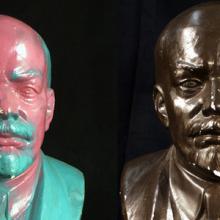
Two Lenins (forward)
These busts of Lenin (Vladimir Ilyich Ulyanov), the first leader of the Soviet Union, are but two samples of thousands of different versions of Lenin's likeness. Both are copies of the same plaster bust, approximately two feet in height.
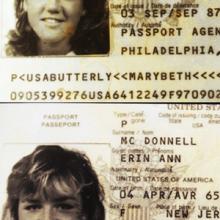
Do You Know This Woman?
Throughout the Cold War both sides regularly sent agents across the border, both to gather information that might be useful and to test the ability of the guardians of the border to catch agents of the other side. The images shown here are from copies made by border guards in East Berlin during the final years before the fall of the Berlin Wall.
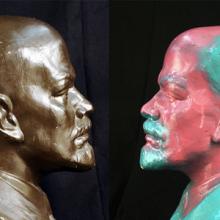
Two Lenins (profile)
These busts of Lenin (Vladimir Ilyich Ulyanov), the first leader of the Soviet Union, are but two samples of thousands of different versions of Lenin's likeness. Both are copies of the same plaster bust, approximately two feet in height.
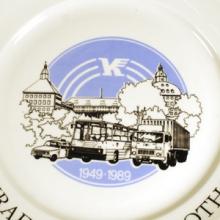
Forty Years of Making Vehicles
This plate is typical of the sort of commemorative object given to workers in factories all across Eastern Europe and the Soviet Union prior to 1989. In this particular case, the plate commemorates forty years of making motor vehicles in Gotha, East Germany.
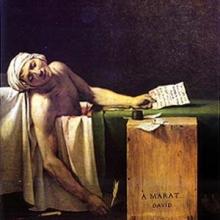
The Death of Marat
This famous depiction of Marat’s assassination (1793) is by the unofficial (and sometimes official) artist of the French Revolution, Jacques–Louis David, a leading exponent of the neoclassical style. Scholars have seen this vision as a revolutionary pietà because of the repose of the corpse, so different from that of a normal body in a stage of rigor mortis.
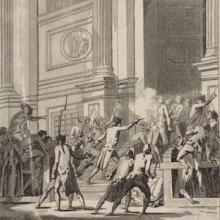
The Seventh Incident of 14 July 1789
Upon returning to City Hall, the now heavily armed crowd stormed that building as well, arresting the "Provost of Markets" (or mayor) and his son–in–law, another municipal official. Both men were beheaded and their severed heads were placed on pikes and paraded around, graphically illustrating both the power and the danger of popular insurrections like that of July 14th.